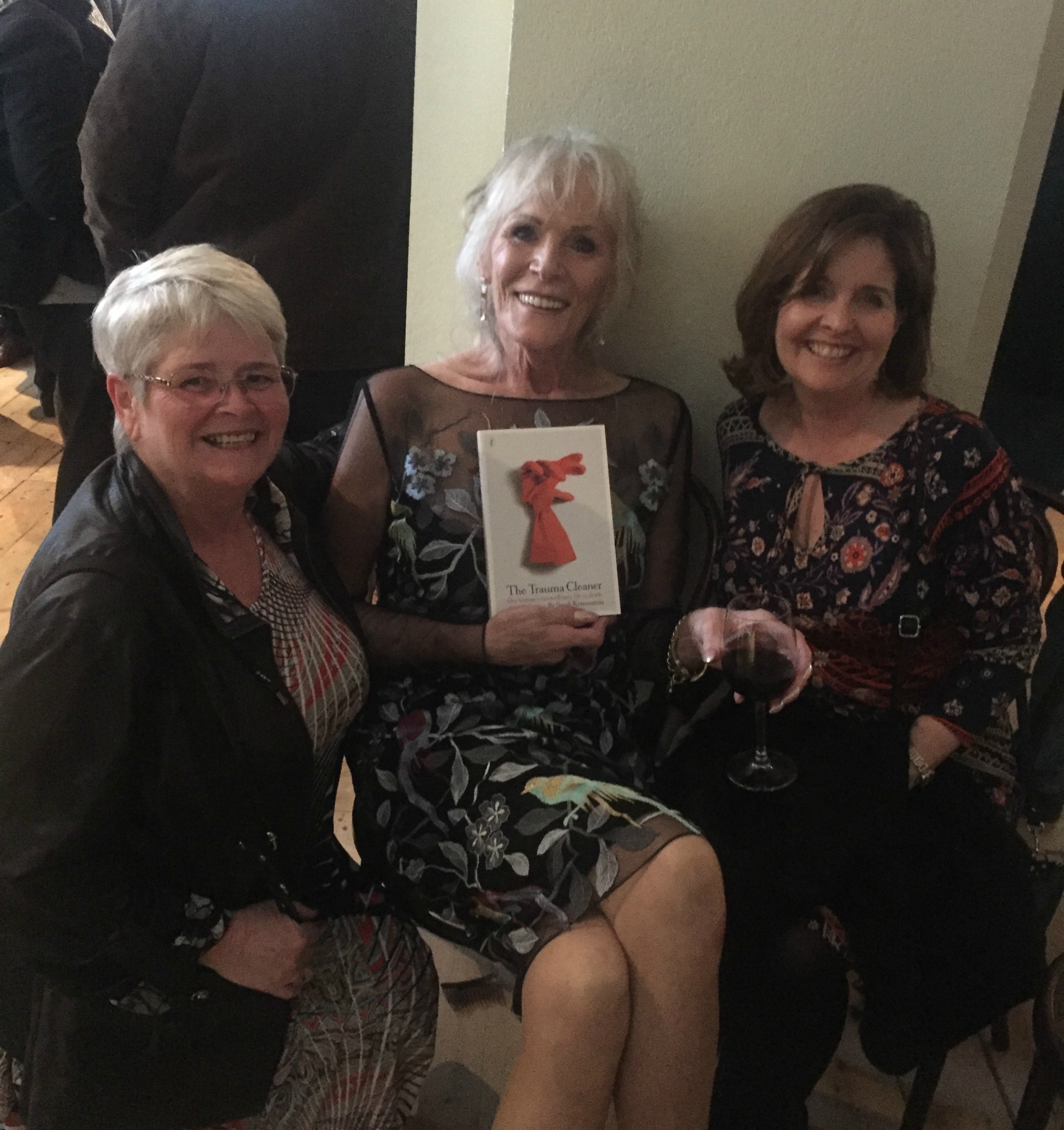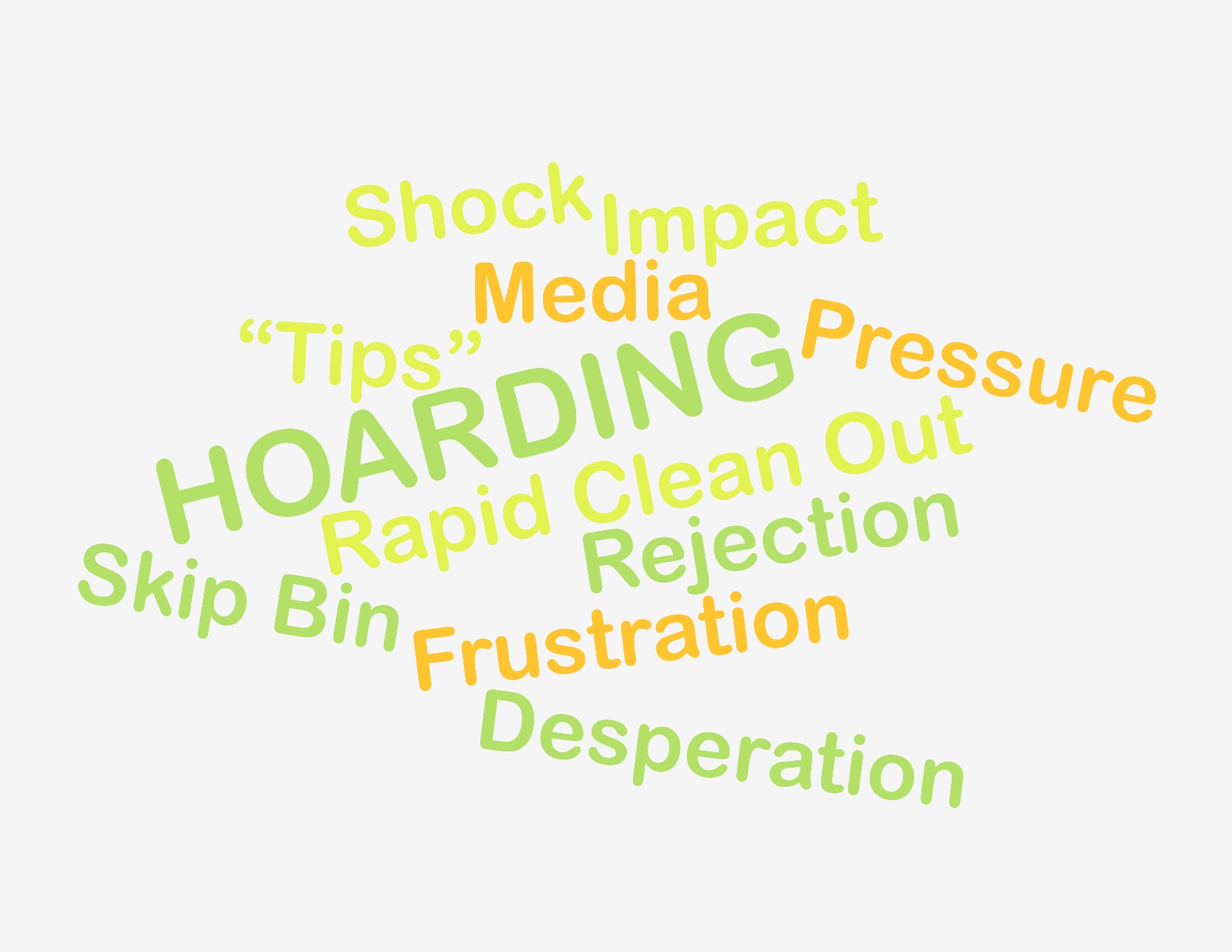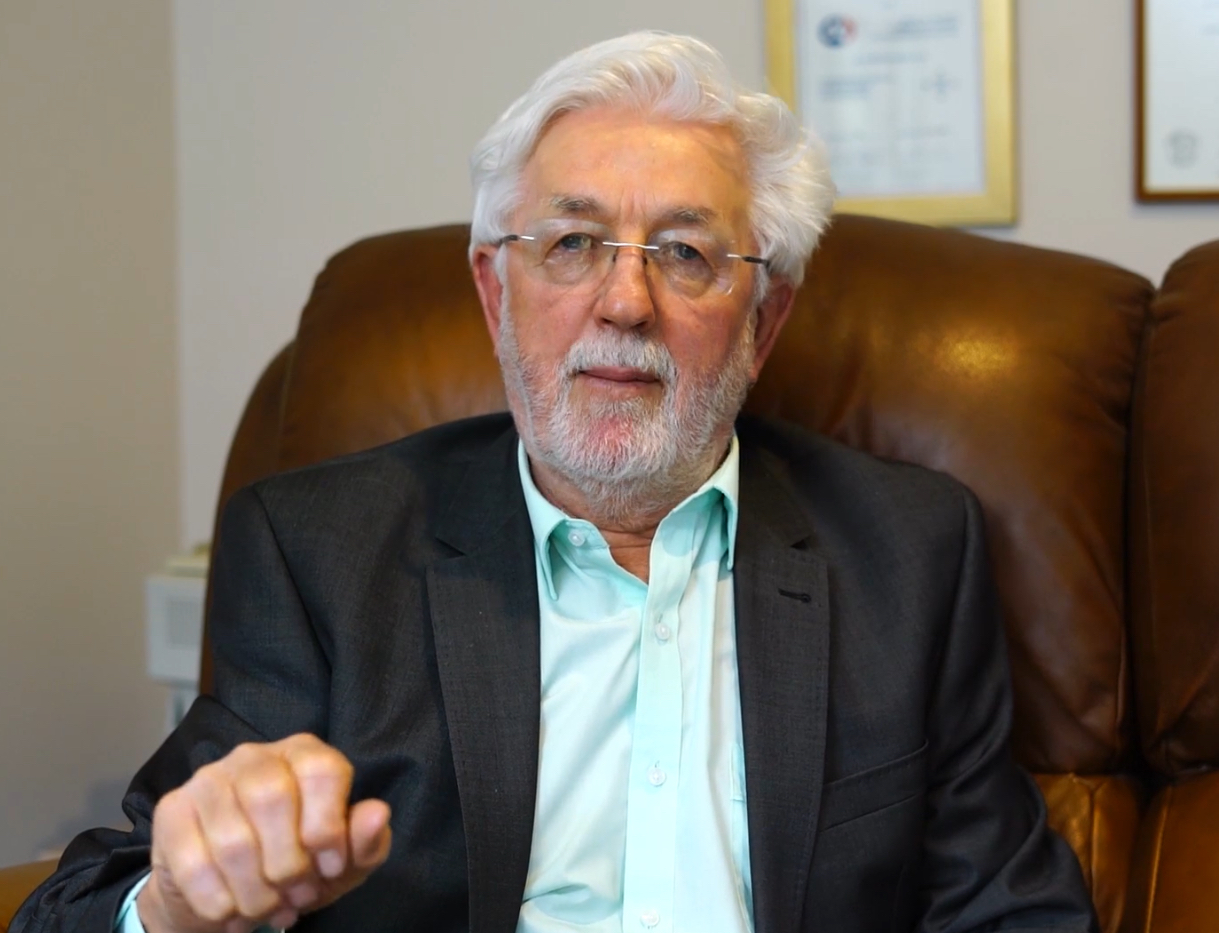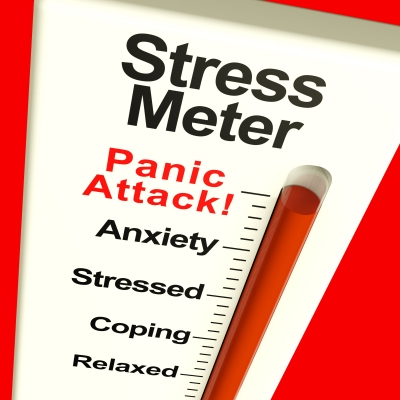 We invite you to help hoarding research.
We invite you to help hoarding research.
Knowledge is the key to helping someone who hoards. Hoarding may present itself in the form of a cluttered home, but the clutter is only the symptom of a more serious mental health disorder. Understanding what is underneath the clutter, is the key to improving treatment outcomes.
Hoarding is not new, but the modern era of research into the disorder is still in its infancy. Most of what we know today can be linked back to Smith College in the USA where Randy Frost and his students and colleagues outlined three major dimensions of hoarding: excessive acquisition, difficulty discarding, and clutter. This was in the 1990’s. Their early work has been the catalyst for ongoing research and led to Hoarding Disorder being recognised as a discrete disorder in the Diagnostic and Statistical Manual of Mental Disorders (DSMV) in 2013. That is only seven years ago. For a behaviour as old as time, there is still a lot to learn!
Today, in Australia, Victoria University is undertaking its own important research to examine barriers to treatment and recovery. Their conclusions will increase our knowledge of hoarding behaviour and improve the way the disorder is treated. We encourage anyone who struggles with hoarding disorder to participate in this valuable research.
To learn more, go to:








